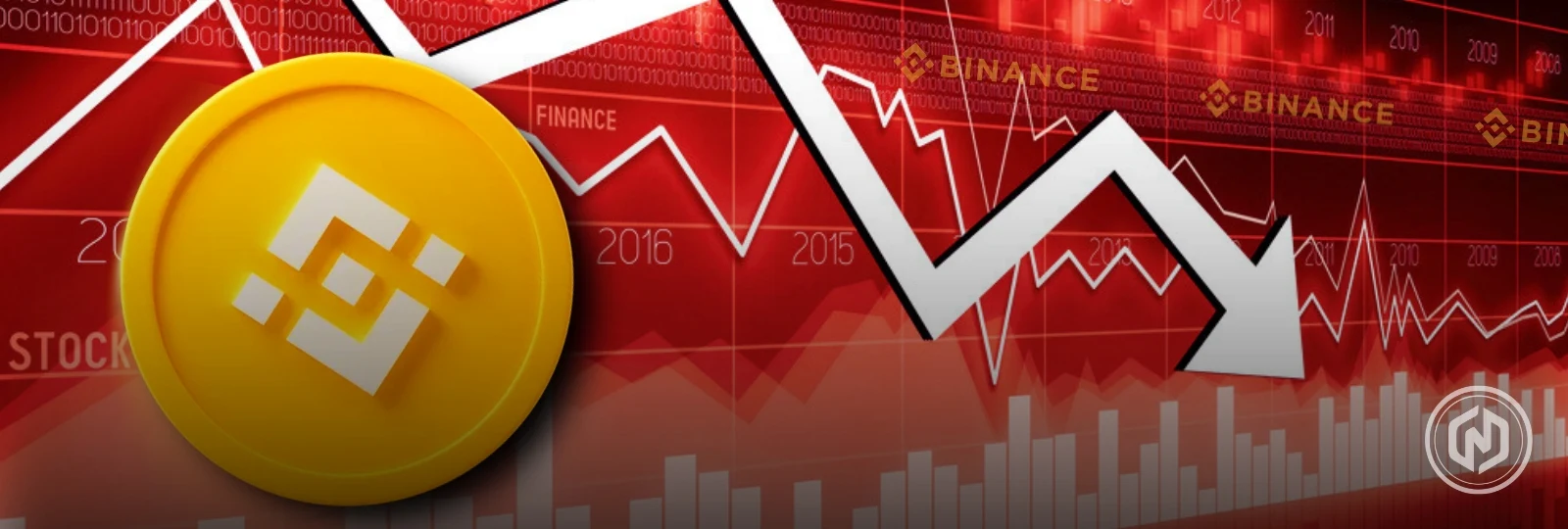What to Know:
- Binance will compensate users affected by the USDE, BNSOL, and WBETH depeg during Oct 10’s crash.
- The event coincided with a record $19B crypto liquidation triggered by Trump’s new China tariffs.
- Compensation covers verified collateral losses only; trading losses from price drops aren’t included.
Binance has confirmed it will compensate certain users affected by a recent depeg event involving several tokens, after platform glitches and extreme market moves caused forced liquidations. The move comes after one of the largest market crashes in crypto history.
What Exactly Happened
On the night of October 10, three tokens tied to Binance USDE, BNSOL, and WBETH lost their expected “peg” to reference values, causing sharp price drops. Because those tokens were used as collateral in futures, margin, and loan positions, many users were force-liquidated when their collateral value collapsed. The liquidations happened during a brief but intense window between 21:36 and 22:16 UTC on October 10.
What Binance Is Saying
In its official announcement, Binance said it is assessing each affected case and will compensate users who held those tokens as collateral during the depeg window. It also promised to strengthen its risk controls so a similar event doesn’t happen again. However, Binance drew a line: it will not reclaim gains for users who bought depegged assets at discounted prices. Those profits are being left untouched.
Co-founder Yi He also addressed the community, saying, “We will handle the issues related to Binance. Those who acquired depegged assets at low prices yesterday earned them by staying up late, and we will not reclaim those.” For users who suffered losses or liquidations due to platform latency or failures, “we will address each case individually.” She also noted that widespread reporting about compensation has overwhelmed customer service, causing delays.
While Binance’s promise to compensate is a relief to some users, not everyone is eligible. Only Futures, Margin, and Loan users who used USDE, BNSOL or WBETH as collateral during the window will be automatically compensated. Cases outside that scope must be filed manually through support and will be handled case by case. Losses purely from price fluctuations or unrealized losses are not eligible. That means if someone held but didn’t liquidate, they may not be compensated.
A Massive Liquidation Wave
The incident coincided with one of the most extreme market crashes ever in crypto. Over $16 billion in long positions were liquidated in one day across markets, affecting around 1.6 million traders and adding severe stress and volatility.
According to some reports, this meltdown started after former U.S. President Donald Trump announced a 100% tariff on Chinese technology imports, shocking both Wall Street and the crypto scene. The news triggered a sharp sell-off across traditional markets, which quickly spilled over into crypto. Bitcoin and Ethereum saw their prices plunge within hours, and heavily leveraged traders faced automatic liquidations as prices dropped too fast to recover.
Altcoins were hit even harder, losing up to 20–25% of their value overnight. Analysts say it was a “perfect storm” global market fear, forced selling, and high leverage combined to create one of the most violent market shakeouts ever seen. Data shows that the total value of forced liquidations surpassed $9 billion on major exchanges like Binance, OKX, and Bybit. Amid the chaos, Binance acknowledged the platform was stressed and that technical performance lagged under the load of massive liquidations.
What’s Next
Binance says it will automatically issue compensation within 72 hours for eligible users. Meanwhile, the exchange has committed to improving risk controls: refining index constructions, raising minimum price thresholds for indices, and increasing how often parameters are reviewed. Markets will closely watch the SEC’s reaction and whether this compensation action restores user confidence. For traders, the key risks remain volatility and technical reliability.
Also Read: Ethereum Slips 12% as Crypto Faces Largest Liquidation Event in History



